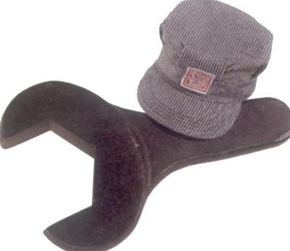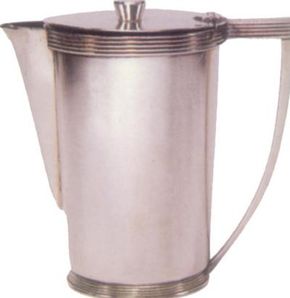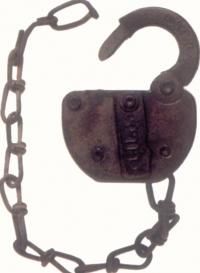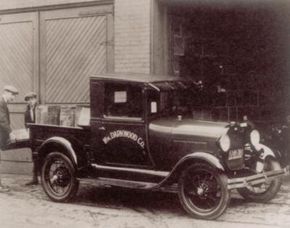The "Roaring Twenties" conjure many vivid images-bootleg Liquor, flappers, Model I Fords. For railroading, already a century old, it was a decade of glamorous trains and record traffic. But nothing was truly as it seemed in the 1920s. Social upheaval, political shenanigans, and Economic uncertainty rattled many Americans, setting the stage for the stock market crash of 1929 and the ensuing great Depression.
Americans began the new decade war-weary, disillusioned that the brutal struggle seemed to have resolved nothing, and fearful of the "rising tide of Bolshevism." Two new constitutional amendments-one for women's suffrage, the other outlawing alcoholic beverages-revealed the well-intentioned, but somewhat befuddled, state of society at the time.
Advertisement
In hindsight, it seems ridiculous that it took so long to grant women full citizenship, but no more so than trying to legislate beer and whiskey out of existence. In the same fashion, the country seemed unable to think clearly about the transportation revolution unfolding in its midst. At exactly the same time that the government embarked on a course of unprecedented public spending for roads, waterways, and aviation, it was tightening the screws on a railroad industry battered by war and fettered by regulations.
Gone were the speculators and the great builders of the nineteenth century; in their places were able managers who operated their companies within the strictures of detailed, and often nonsensical, rules covering almost every aspect of railroading. By 1913, for example, Congress and the Interstate Commerce Commission were so convinced that railroads were overvalued (rates were based on the value of invested capital) that they ordered a full accounting of every inch of every railroad in the land. It took more than five years of excruciatingly detailed fieldwork and years more of tabulation. The conclusion was that railroads were actually undercapitalized-and had not been systematically cheating the public. Court cases and hearings to resolve the final "valuation" of the nation's railroad property dragged on throughout the 1920s.
For railroad employees, it was a time of uncertainty. The well-established unions representing the "running trades"-engineers, firemen, brakemen, and conductors-and other skilled workers such as telegraphers were able to hold their own in the turbulent postwar economy. Other employees, including blacks, women who had temporarily taken "men's" jobs during the war, and those without union representation, suffered wage cuts or dismissal as the companies tried to cut expenses. The most dramatic confrontation was the Shopcraft Strike.
Throughout the war, there had been inflation and rising employment, but deflation, recession, and decreasing traffic beginning in the middle of 1920 led railroads to furlough workers and cut wages. When the shopcraft unions, representing machinists, electricians, and others who worked in the shops, went on strike in the summer of 1922, they had not counted on the anti-labor attitude of President Warren Harding and many railroad executives. Some companies hired replacement workers, and there was sporadic violence.
Finally, after several months, the strike withered away as demoralized men returned to work on the companies' terms-or found other employment. Repercussions of the Shopcraft Strike-like the great strikes of 1877 and 1894-lasted for several years. Only after the passage of the Railway Labor Act in 1926 did relations between railroads and labor begin to improve somewhat. Some rail workers, most notably Pullman Porters, had to wait for the New Deal to settle their grievances.
Advertisement





